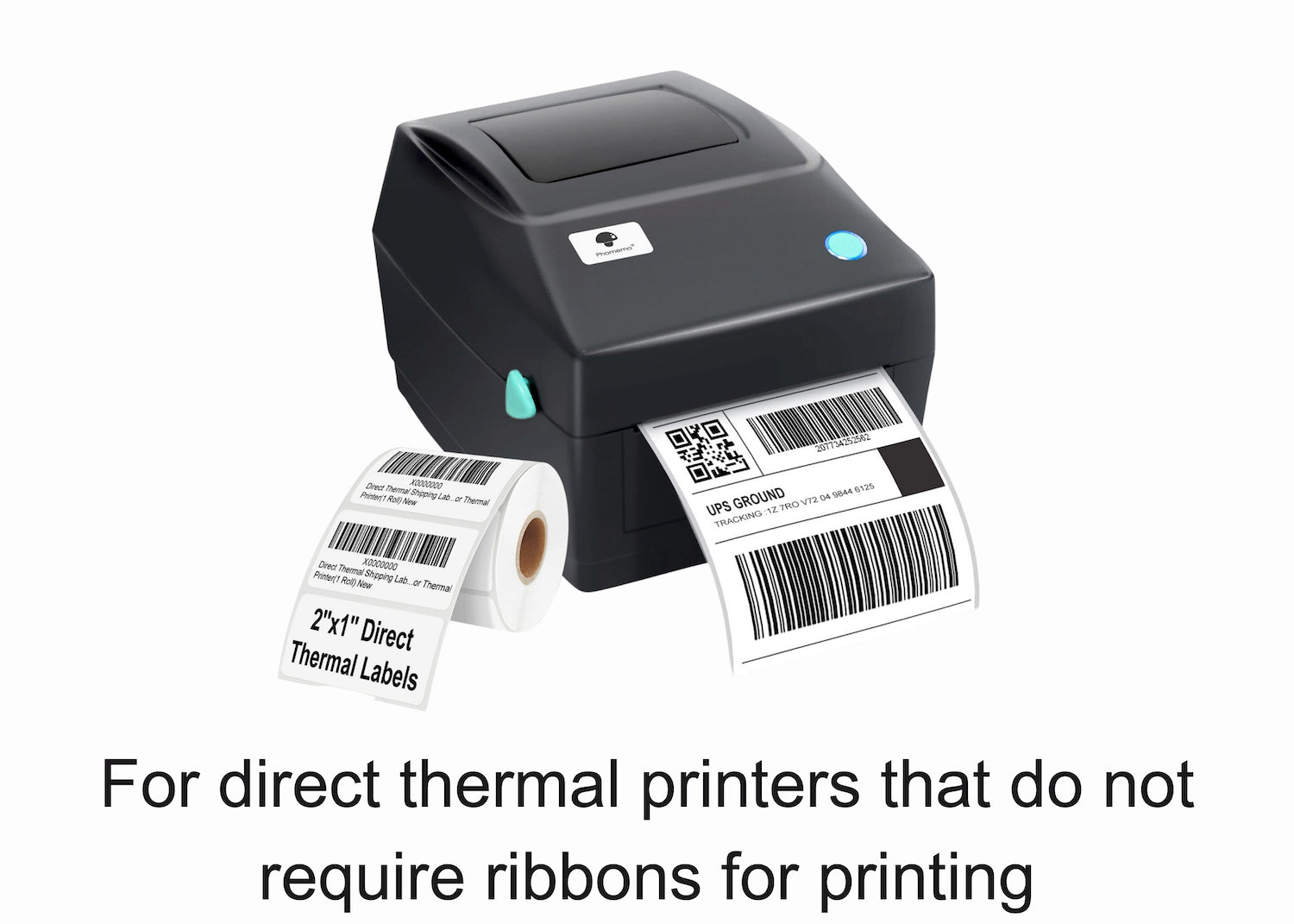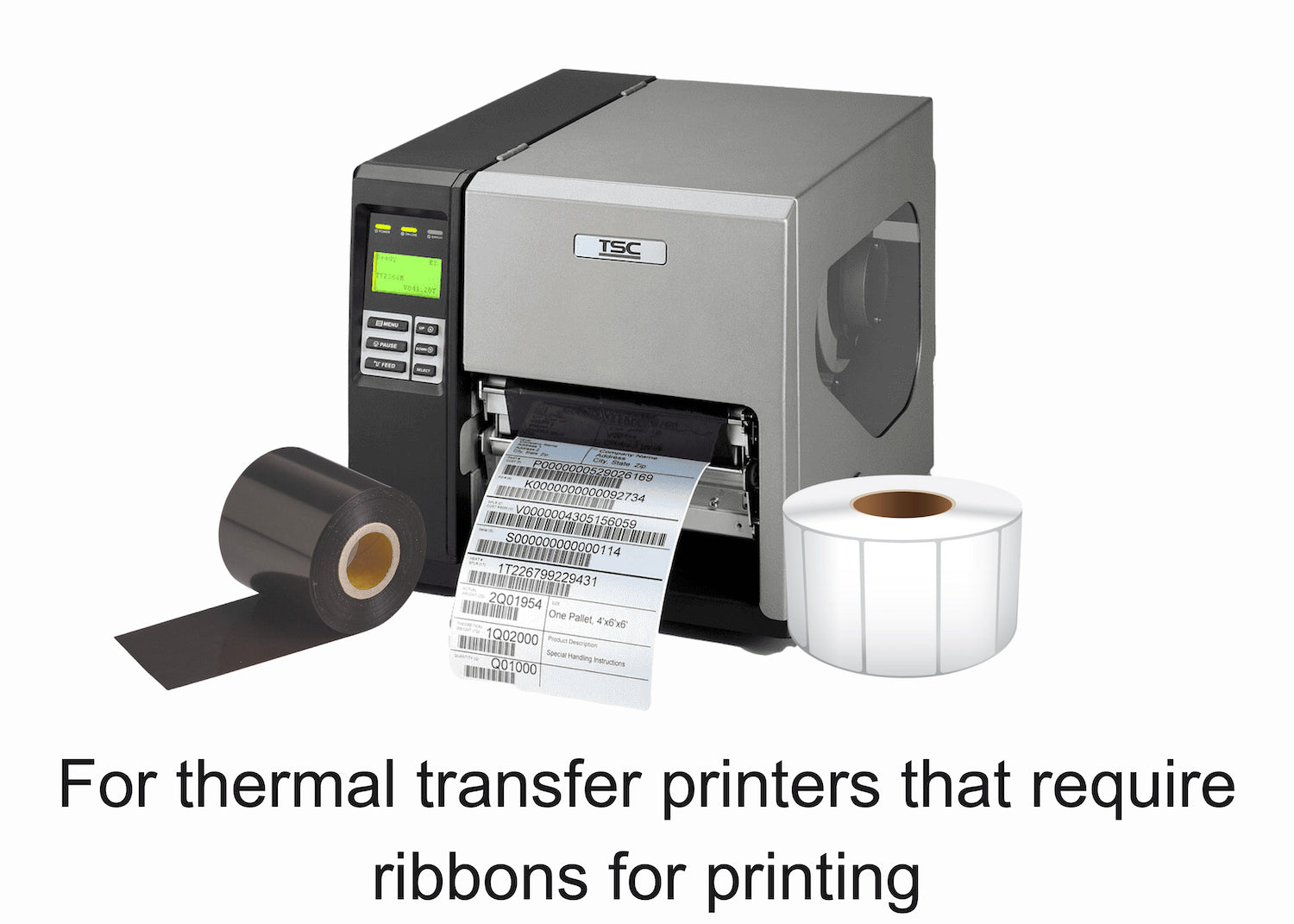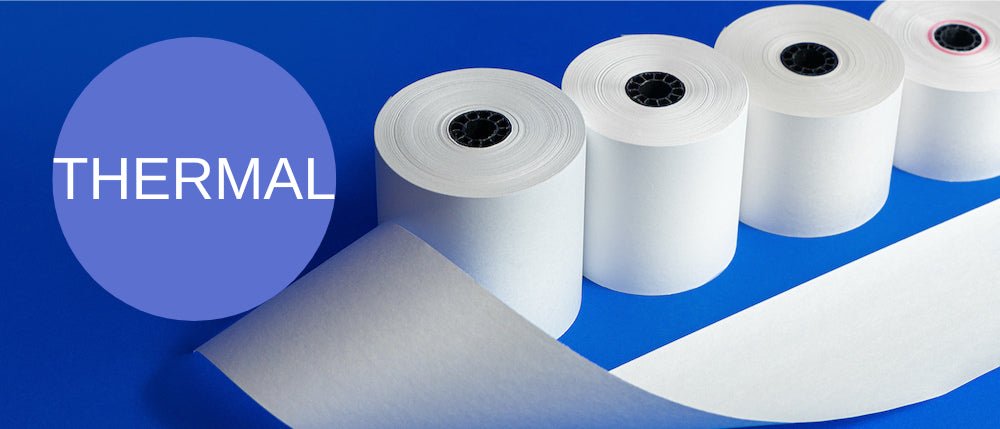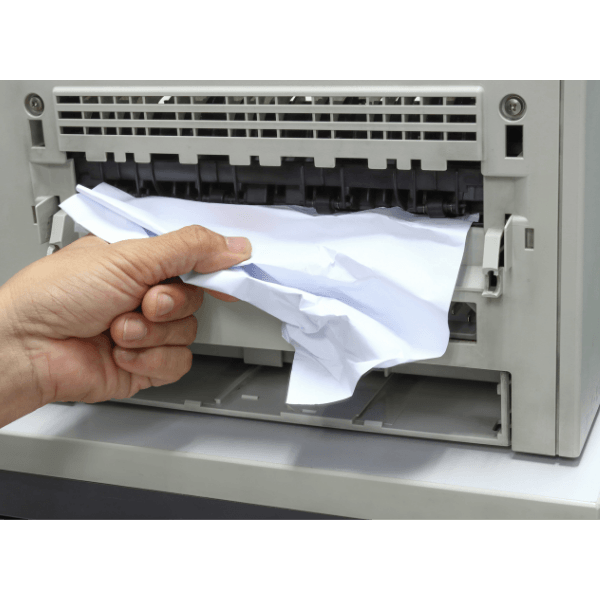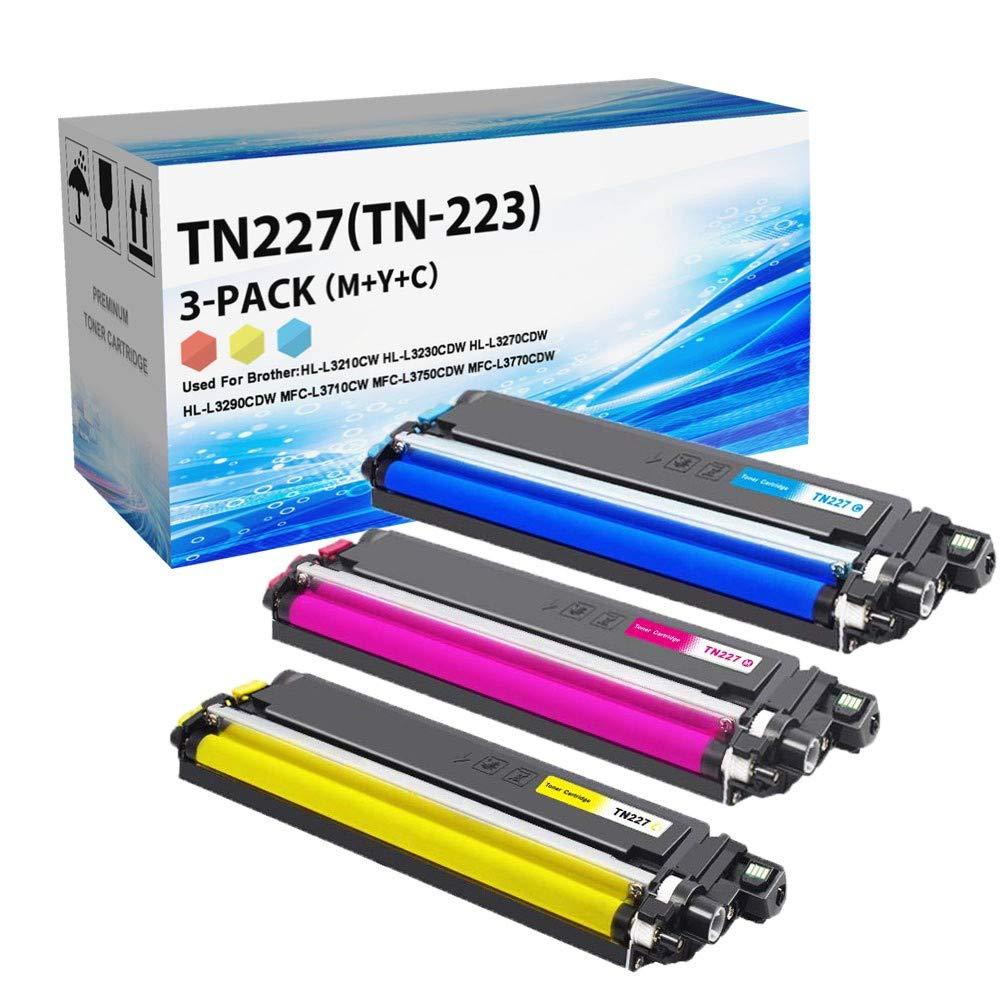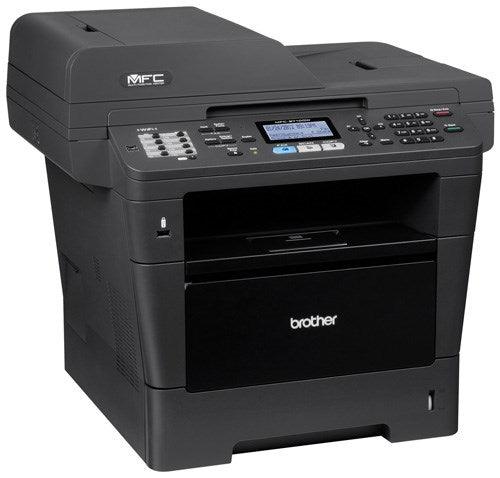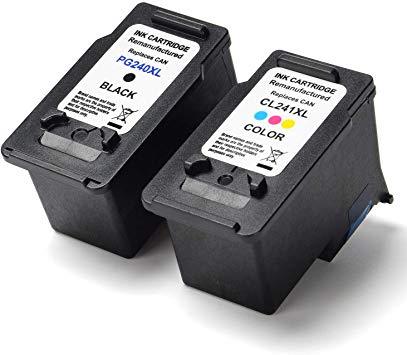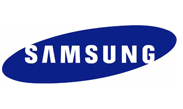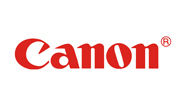Toner Industry Overview
- News
- 19 Jun, 2018
Direct Electrostatic Printing
Photocopying, laser printing and industrial digital printing all have their roots in electrophotographic technology invented almost 30 years ago. Since that time, companies such as AGFA-Gevaert, Xerox, Lexmark, Sharp, Hewlett Packard, and others have incorporated various forms of electrophotographic technology into their printers.
Direct electrostatic printing is based on a principle that is deceptively simple. A toner sourcedelivers charged toner particles through a print head structure (consisting of a polymeric substrate with apertures and at least one set of control electrodes) to the image receiver (a sheet of paper, for example) in front of a back electrode. The propulsion field present between the toner source and the back electrode, means that negatively charged toner particles are attracted to the receiver on the back electrode, thus creating an image on the paper.
Toner Manufacturing Process
The traditional "pulverization technique" of toner particle production involves the blending of resin, charge agent control, wax, carbon black, and iron oxide. This is then heated and melted under high pressure, extruded through a dye and granulated.
The resulting flakes are ground by air jet milling. Air jet mills can produce micron-sized particles without generating heat, which would otherwise denature the toner product. Spinning classifier wheels at the top prevent particles leaving the mill before they have been ground to a size below the classifier cut size. Unground particles are returned to the bed via an internal mill recycle. The cut size is controlled by varying the speed of the classifier (the faster the spin, the lower the cut size). Superfines (whose presence often represents wastage in the milling process) are removed and additives may be blended with the toner before final bagging.
Toner particle size can be controlled to within ±0.3 - 0.5 µm, whereas the average particle size is 8 µm. Particle size distribution can also be controlled. Depending on specific requirements, the standard deviation of particle size distribution can be around 1.0 µm.
On-line particle size measurement is now used by many toner manufacturers to continuously monitor the particle size distribution and, by using multiple analyzers at different steps of the process, measure the unit operation yield in real-time.
Why is toner particle size distribution important?
A great deal of R&D effort has gone into improving print head design and toner transfer. The goal has been to produce simpler and increasingly more accurate systems with fewer components and improved imaging, which are suitable for a wide range of consumer and industrial digital printing applications. Final image quality though can be compromised by the quality of the toner itself.
Toner companieshave therefore been faced with the task of improving the toner particles. While individual manufacturers have their own formulae for toners, most comprise around 90% thermo-plastics that are colored with 10% carbon black pigment and set with infrared following transfer to paper. Traditionally, dry toner particles are made by compounding, pelletizing and granulation, followed by micronization, classification and sieving. This results in a fine powder with a tight specification for particle size distribution. However, the method has several drawbacks, notably variation in particle shape and charge-to-mass ratio as well as the creation of dust particles. These can cause problems as the particles are propelled through tiny apertures in the print head. Larger or irregularly shaped particles can cause blockage while dust particles adhere to the print head surface and are too small to have enough charge to be controllable.
The ability to control the effects of electrostatic and electrodynamic forces lies with the way in which the toner is prepared. Preparation affects particle shape, particle size, particle size distribution, charge and surface treatment. The trend is to the smaller, narrower particle size and particle size distribution requirements needed for the production of higher resolution images.
Traditionally the electrozone counter method has been the standard for particle size analysis in toner manufacture, something that is now being replaced with on-line, real-time particle sizing that allows direct and immediate control of the production process.
Why is toner particle shape so important?
Recent years have seen the development of wet chemical toner processes such as suspension polymerization and emulsion polymerization, which do not involve a milling or classification stage and which have the merit of allowing much greater control of the size distribution, shape and material properties of the toner particles produced. Compared to pulverized toner the shape is far more regular. Many companies are now producing both monochrome and color toners using a wet polymerization process. The toners produced using this process produce material with a narrower particle size and particle shape distribution; this offers improved powder flowability, improved transfer ratio from the photoconductor to the paper and improved image quality.
A number of companies have patented chemical processes for growing toner particles of well-defined shapes. With the ability to produce toners with more precise shape and size distributions comes the need to characterize such materials. Most particle size analysis instruments are not able to measure shape but one exception is the Sysmex FPIA-3000. This instrument has wide use in the toner industry and many patents have been produced based on the optimization of particle shape. Methods have been developed using circularity as the key parameter. A circularity of 0.95-0.96 is optimum, lower than this the toner particles act as an abrasive, higher than this and they act as a lubricant.
Toner manufacturers invest heavily in novel production techniques in order to develop processes that will maximize the proportion of particles with high circularity.
